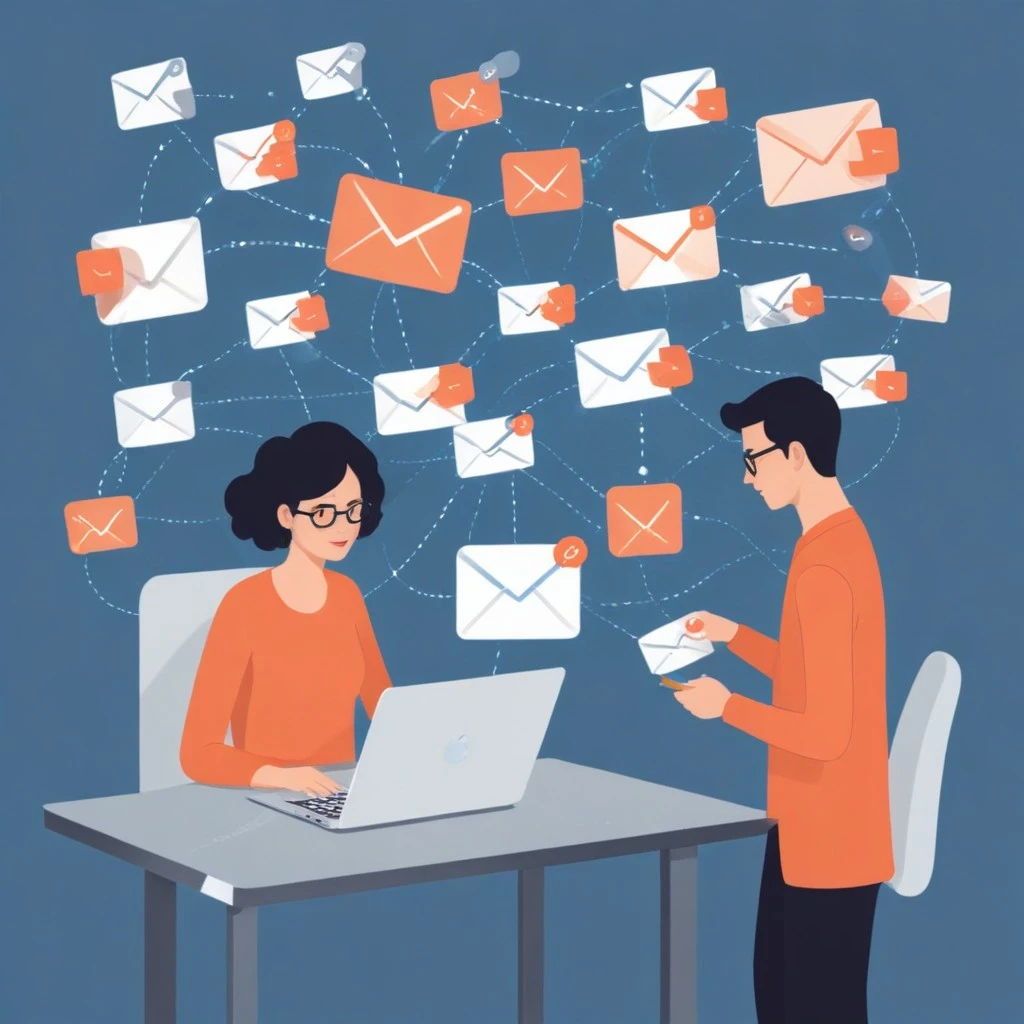
How can email aliases help with managing newsletters and subscriptions?
Picture this: You wake up in the morning, reach for your phone, and the first thing you see is a notification that says, "You have 100 new emails." You groan, already dreading the task of sorting through what feels like a mountain of messages. Most of them are newsletters you don’t remember subscribing to, promotional emails from stores you shopped at once, and updates from various online services. Sound familiar?
This overwhelming clutter in your inbox is a common frustration. It's like trying to find a needle in a haystack when you're just looking for that one important email. But what if I told you there’s a simple way to manage all these emails effectively without creating multiple accounts? Enter email aliases—the unsung heroes of email management.
If you don't know what an email alias is, don't worry; we've got you covered in our article What are Email Aliases. In this post, we'll focus on how email aliases can help you streamline your inbox by managing newsletters and subscriptions more efficiently.
The Problem with Newsletters and Subscriptions
Before we delve into the solution, let's understand the problem. Newsletters and subscriptions are a double-edged sword. On one hand, they provide valuable information, updates, and offers that you might be interested in. On the other hand, they can clutter your inbox, distract you from important emails, and expose you to potential security risks.
Here are some common issues people face when dealing with newsletters and subscriptions:
Overwhelming Volume: Subscribing to newsletters and services can quickly fill your inbox with a high volume of emails, making it challenging to keep track of important messages.
Lack of Organization: Without a system to categorize or filter newsletters, they can get mixed up with personal or work-related emails, leading to confusion and inefficiency.
Privacy Concerns: Sharing your primary email address with multiple newsletters and services can increase the risk of data breaches, spam, and phishing attempts.
Difficulty Unsubscribing: Some newsletters make it challenging to unsubscribe, requiring multiple steps or hidden links, which can be frustrating and time-consuming.
This is exactly what the hypothetical person in the opening scenario is experiencing. But fear not, email aliases are here to save the day!
How Email Aliases Can Help
Email aliases offer a simple yet powerful solution to the challenges posed by newsletters and subscriptions. By creating unique aliases for different purposes, you can effectively manage incoming emails, maintain your privacy, and streamline your inbox. Here's how email aliases can help with managing newsletters and subscriptions:
Customized Addresses: With email aliases, you can create unique addresses for newsletters and subscriptions, allowing you to track the source of incoming emails easily.
Filtering and Categorization: By setting up rules or filters based on your aliases, you can automatically sort newsletters into specific folders or labels, keeping your inbox organized.
Privacy and Security: Using aliases instead of your primary email address protects your identity and reduces the risk of spam or phishing attacks targeting your main account.
Easy Unsubscribing: If you want to stop receiving emails from a particular newsletter, you can simply delete the alias associated with it, effectively unsubscribing without the hassle.
Reduced Clutter: By separating newsletters from your primary inbox, you can focus on essential emails without being distracted by promotional content or updates.
How to Get Started
Ready to take control of your inbox and manage newsletters and subscriptions more effectively? Here are some steps to get you started with email aliases:
Sign up for NotMyRealEmail.com: Create an account on NotMyRealEmail.com to generate custom email aliases for different purposes.
Create Aliases for Newsletters: Generate unique aliases for each newsletter or subscription service you want to sign up for.
Set Up Filters: Use your email provider's filtering or rules feature to automatically categorize incoming emails based on their alias.
Monitor and Adjust: Regularly review your aliases and filters to ensure they are working correctly and update them as needed.
Enjoy a Cleaner Inbox: Sit back and relax as your inbox becomes more organized, and you regain control over your email communications.
By leveraging the power of email aliases, you can transform your inbox from a chaotic mess to a well-organized system that works for you. Say goodbye to email overload and hello to a more efficient and secure email experience!
If you're interested in learning more about email aliases and how they can benefit you, check out our other articles on the topic: